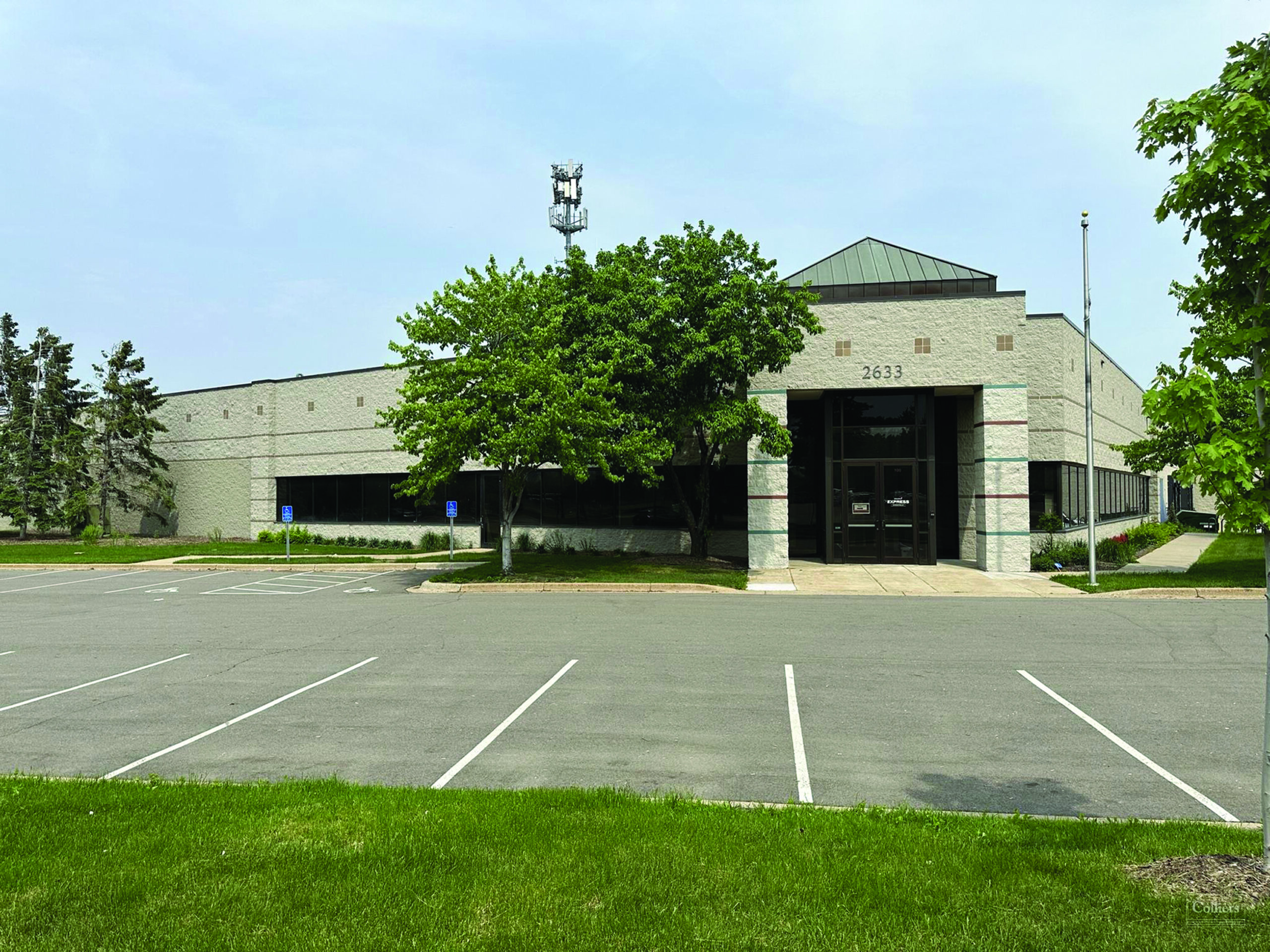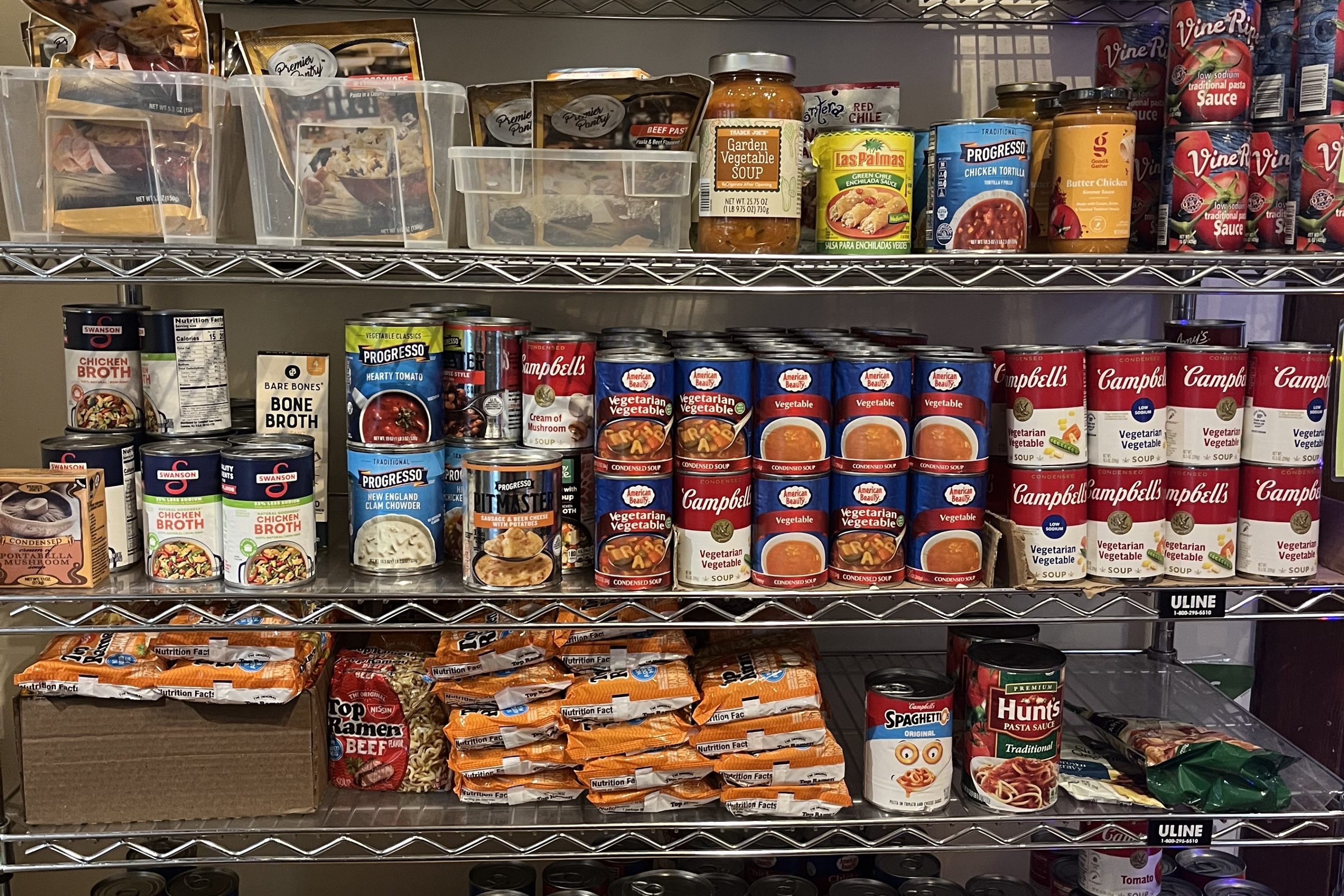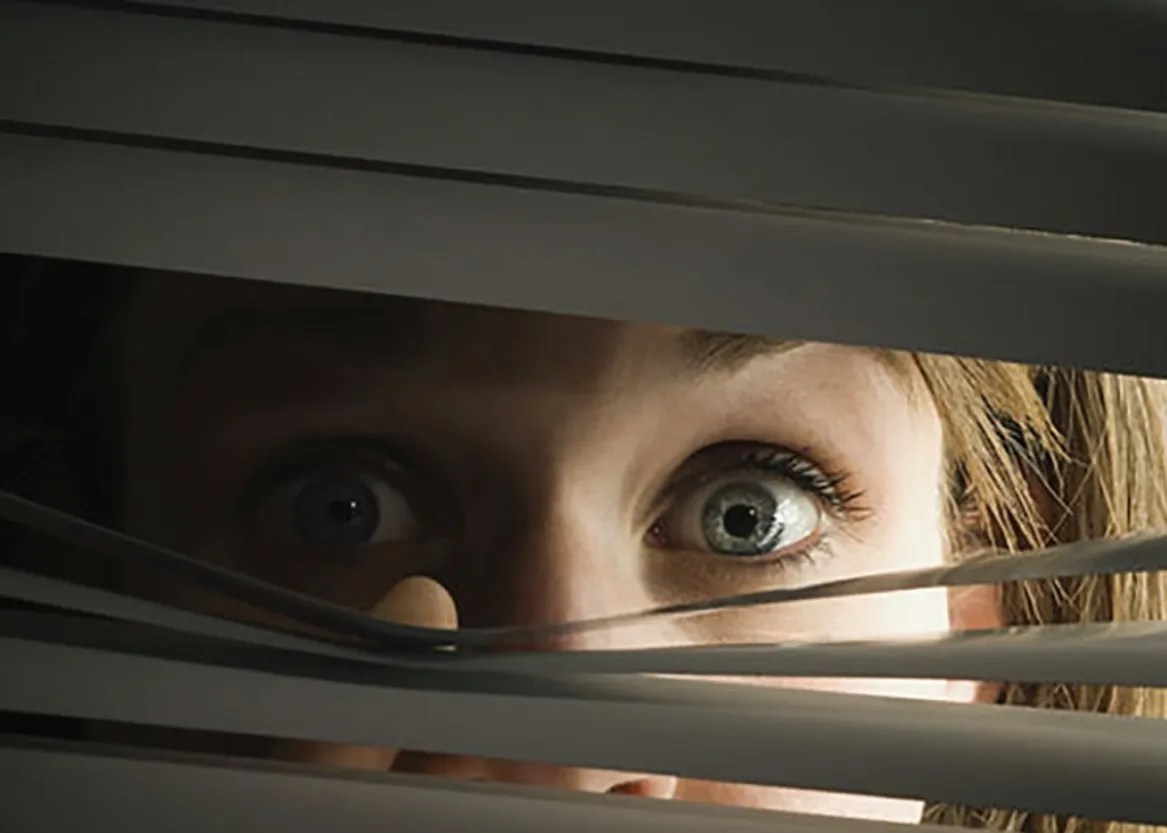We all want a city council that focuses on the needs of its constituents and treats the security concerns of everyone with respect. We all want to live in a safe and thriving city.
There is far less agreement on how we get there. Most people are aware of the two different approaches, from those who believe that the MPD should be abolished, to those who believe it should be reformed.
They may not be aware of the importance of the terms community safety and public safety in this debate. (Full disclosure, this geezer was not.)
Those who talk about public safety acknowledge that there has been an unacceptable tolerance of rotten apples in the MPD but say it’s unfair to paint all officers with the same brush. They argue that more good officers should be hired and paid well to replenish the force and to combat the uptick in crime.
Those who talk about community safety say that racism is still rampant in Minneapolis and in the MPD, and that reform is not enough. They argue that the presence of the police doesn’t deter crime, it escalates violence.
The distinction between the two was made clear at a recent neighborhood meeting to discuss how the new Third Precinct building will be used. Amanda Harrington, director of design and implementation for the Office of Community Safety, emphasized that it is a community safety building, not a public safety building.
Service providers, trained to deal with people experiencing homelessness or mental illness (or, other issues to be decided by “the community”) will share the building with the MPD, but they will have separate entrances and offices.
Harrington explained that this is because cops need security to store weapons and records, but also because some community members have said that the sight of a cop is triggering and will prevent them from entering the building to access services.
The distinction also turns up closer to Hill & Lake Press land. While the legislature did not get around to passing the bonding bill, leaving important local and statewide projects unfunded, Rep.Frank Hornstein and Sen. Scott Dibble secured $9 million for Tending the Soil, a coalition of labor and activist groups who hope to turn the former YWCA building in Uptown into a job-training facility called the Rise Up Center.
The New Justice Project, a member of the coalition, states on its website that its aim is “to build a base of everyday Black Minnesotans committed to organizing around community safety, pushing for decreases in public safety budgets at the city, county and state level . . . "
With the leftward lurch of the City Council, the push for decreasing public safety budgets seems to have found its champions.
The starting salary for a Minneapolis police officer is roughly $65,000 per year, putting it behind smaller communities such as Minnetonka and Inver Grove Heights. Also, putting it behind the salary of a Minneapolis City Council member, who is paid $109,846 per year.
In a recent CBS report, MPD Chief Brian O'Hara says his department is short by more than 200 officers and has lost 40% of its police force in the last four years, “while facing the highest levels of crime and violence, in some categories, that the city has ever seen.”
(Meanwhile, Minneapolis is facing a $21.6 million budget hole in 2025, and the prospect of a double-digit property tax hike. The center cannot hold.)
But from Hennepin to Lyndale, there’s new energy rising from the business owners who are hanging on. They are connecting and organizing to support each other and to brainstorm ideas for short term survival and long-term success.
For the first time, there’s some financial relief available. Businesses can apply for grants from the $1 million secured by Sen. Dibble from the Promise Act to help defray losses related to the civil unrest of 2020.
And the city awarded the contract for Open Streets to the Uptown Association — to be held on Lyndale because there are no open streets in Uptown right now!
When the environmental writer Bill McKibben was asked where people should live in the coming climate crisis, he said, “Wherever there is a strong community.”
By supporting our community — and paying more attention to city elections — we can have a safe and thriving city once again.






